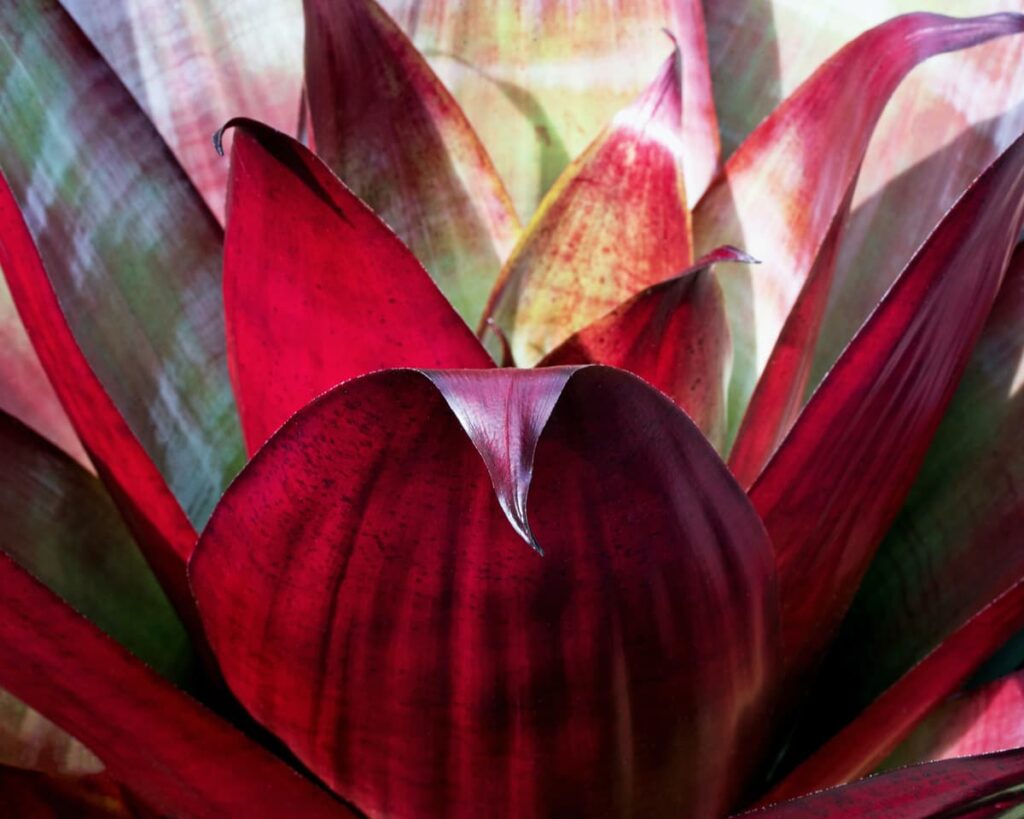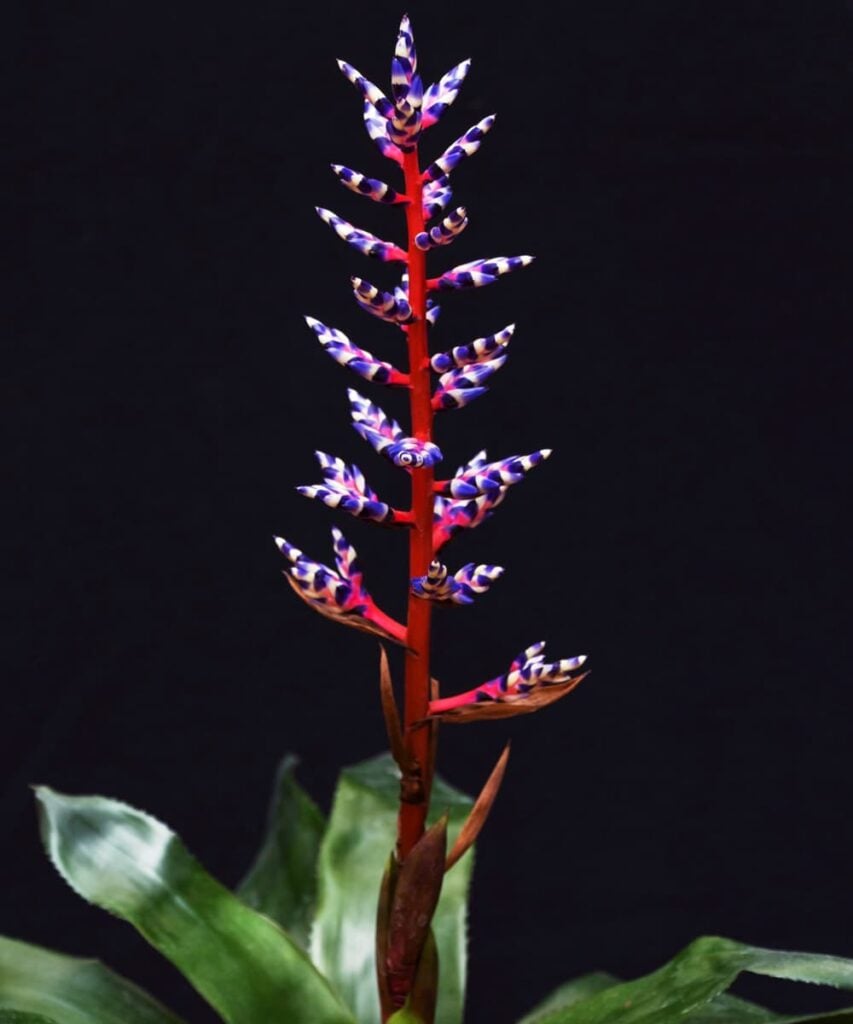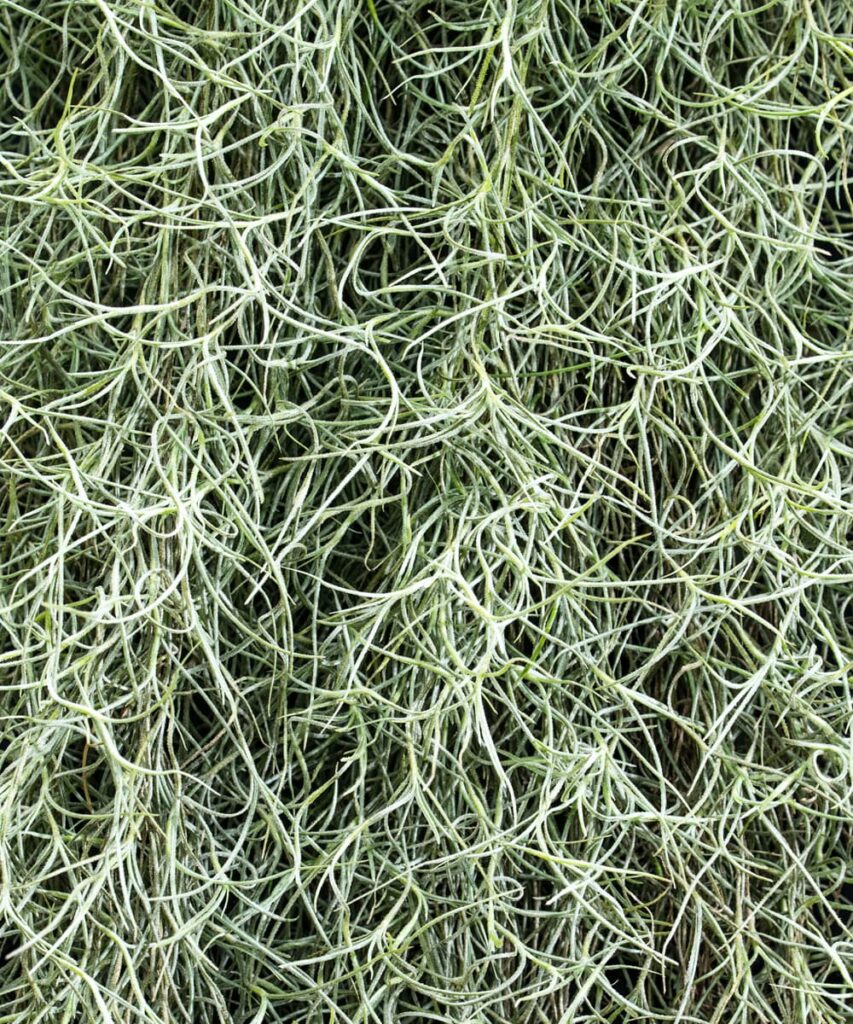Everything You Need to Know about Bromeliad Care
Bromeliad is an exotic and low maintenance house plant having large varieties. These plants are very easy to grow indoors. They have attractive forms and leaf colours and many with flowers that can last for months. Check out our Bromeliad collection.

Bromeliad Care
Bromeliads are attractive and slow-growing house plants. These plants are easily available in wide varieties. Bromeliad Care is easy. They need medium sunlight for the perfect growth. However, some gardening tips need to be kept in mind if you are about to bring home one of these plants.
Light
Different types of Bromeliads can tolerate different level of sunlight. In general, the varieties with soft, flexible and spineless leaves usually prefer lower sunlight while the stiff and hard ones can withstand bright indirect sunlight. Natural light would be preferable, but artificial light can also be used to foster bromeliad growth. The amount of light that a bromeliad receives can affect its growth rate, colour, and leaf shape. Too little light will produce long, thin, green leaves. Too much light will produce short, thick, light leaves. When grown indoors, bromeliads should be kept somewhere they will receive abundant, but not direct, light.
Soil
Bromeliads grow faster in the potting soil mix which is well-drained and has the capacity to hold moisture. A mixture of 2/3 peat-based soil and 1/3 sand is ideal. The plants could be grown as authentic “air plants” or simply, in containers.
Water
Bromeliads are very tolerant towards drought conditions. The water level must be very carefully maintained. These plants do not require to be watered daily, once in a week will be enough. Try to lessen down watering them frequently in winters. Never ever let the plants rest in standing water. Remember to always water the central cup developed by the plant instead of watering the complete soil.

Temperature and Humidity
Bromeliads require temperature between 13°C – 27°C. Some of them can tolerate hotter temperatures while some may even tolerate temperature below -6°C. They grow well indoors at humidity levels and require 40% to 60% humidity.
Fertilizer
Bromeliads are not heavy feeders. During the growing season, use a liquid fertilizer diluted at 1/8 or 1/4 strength, applied every two to four weeks. If you use a slow-release pellet fertilizer, apply a single pellet once each season when watering the central cup. Avoid feeding mature plants in winter or when the plant begins to flower.

Common Problems
- Symptom: Leaf rot
Cause: Over watering and watering the complete soil instead of the central cup. - Symptom: Water spots on the base and central cup
Cause: Tap water/Hard water - Symptom: Root rot
Cause: Improper container, drainage system.
Bromeliads are unique plants that make gorgeous additions to any indoor plant collection. They are pretty easy to grow indoor plants, but Bromeliad Care is quite different than caring for your average houseplants.
In general, bromeliads need a fairly specific set of conditions to bloom—and these conditions vary from genus to genus, and even from species to species in a single genus. Their bloom cycle is affected by day length, temperature, humidity, water, and feeding. You will need to research specific genera and species to determine how best to grow them.
Bromeliad care reference: TheSpruce, Ambius, Get Busy Gardening
